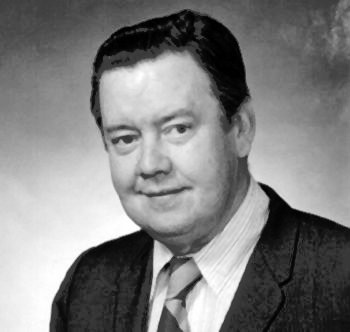
Indeed, Dr. Starr is remembered as a wonderful physician who delivered over 2,000 babies. He also left a legacy of a man who cared deeply for the place he inhabited. Wayne Mason, a biology professor at Western Kentucky University, prepared the following story for Mediscope.
Dr. Robert Russell Starr was known as a healer, teacher and bird watcher. Dr. Starr was born on December 1, 1917, under the sign of Sagittarius.
Russell Starr grew up on a farm near Glasgow, KY. His childhood days were filled with hiking, exploring and fishing in the rural wonderland of Barren County. Birds were his primary interest, but he was equally fascinated by the relationships of other organisms to their environment and he spent many afternoons studying the plant and animal associations he would find as he roamed the countryside.
The young Robert Russell Starr was also influenced by a sister's battle with polio and his desire to become a physician developed as he honed his skills as an amateur ornithologist and ecologist.
Upon graduation from Glasgow High School in 1936, he entered Western Kentucky State College - Louisville followed. World War II was ending as Dr. Starr completed his internship at Wisconsin's Milwaukee County General Hospital but he joined up none-the-less and spent a two-year stint as an Army Ward Officer at Rhodes General Hospital.
In 1947, Dr. Starr returned home to South Central Kentucky to begin medical practice. Shortly afterwards, he met Faye Hensley, a nurse anesthetist. They were married in 1954. Together, the couple became respected leaders for their roles in improving medical care in south central Kentucky.
Despite his time-consuming medical practice, or maybe because of the hectic pace, Dr. Starr squeezed out time to escape back to his childhood days of enjoying nature and bird watching. But, he found that while he was attending school and getting established in his profession, the rapidly changing world had caused great habitat destruction and subsequent loss of bird diversity from the areas of his childhood. The preservation of Kentucky's natural resources became a priority for him.
In 1960, the Starrs purchased a plot of woodland along Skaggs Creek in Barren County. They named the 100- acre farm "Brigadoon". Later, two additional tracts were added to the preserve.
Dr. Starr spent as much time as possible at Brigadoon. He cared for its native plant populations, managed the land for wildlife and kept careful records of the plant and animal life he observed. He also spent countless hours fostering a love of nature among area youth by leading field trips, wildflower excursions and bird counts at Brigadoon. The efforts did not go totally unnoticed. In 1975, Dr. Starr was named a Kentucky Master Conservationist.
Robert Russell Starr died in January 1996. Many who knew him remember him for his generosity in sharing his most cherished possession with others. No where was this characteristic better illustrated than in his donation of Brigadoon to the Kentucky Nature Preserve System. Dr. Starr often expressed concern that future generations might not be able to experience the beauty of Kentucky's natural heritage. He must be resting comfortably, knowing that a variety of organizations use his cherished retreat for educational purposes, meetings, field trips, nature study and research.